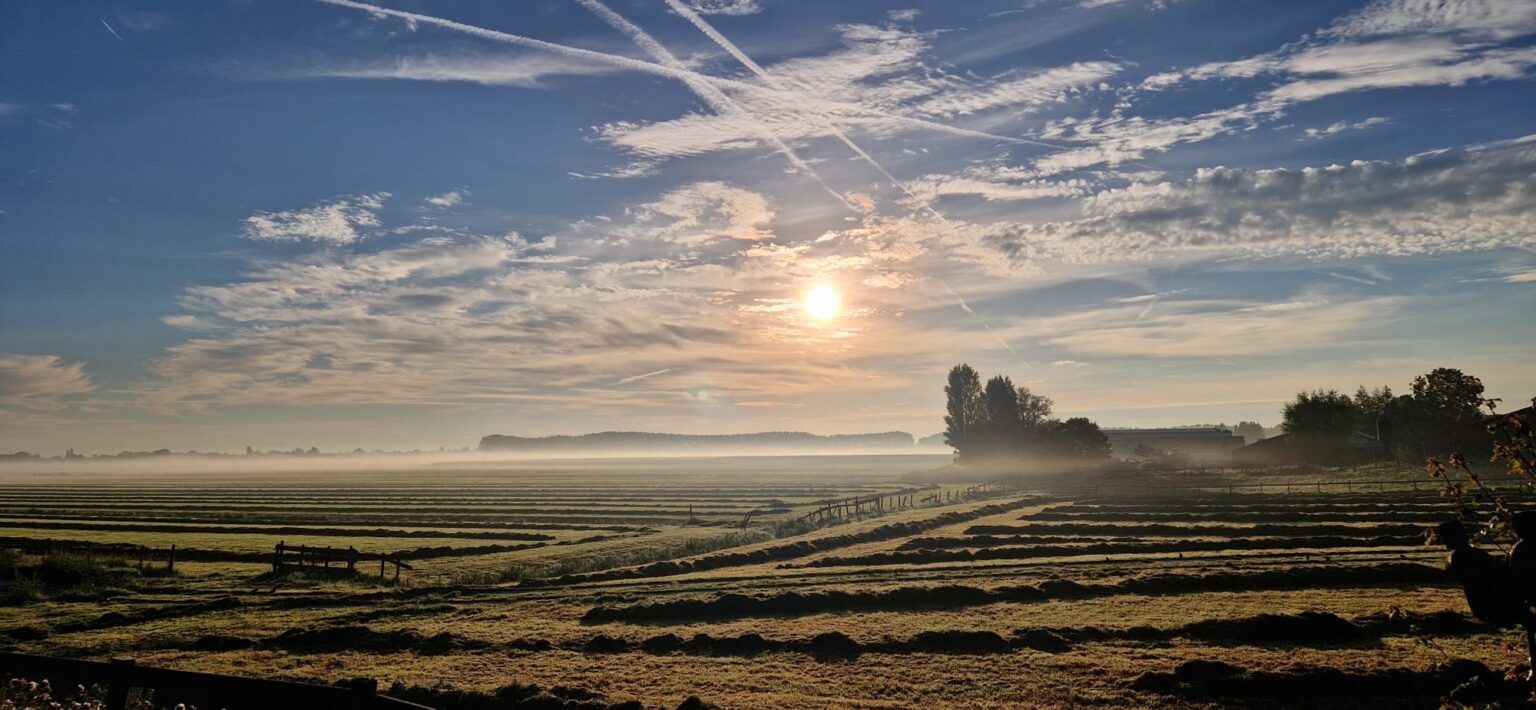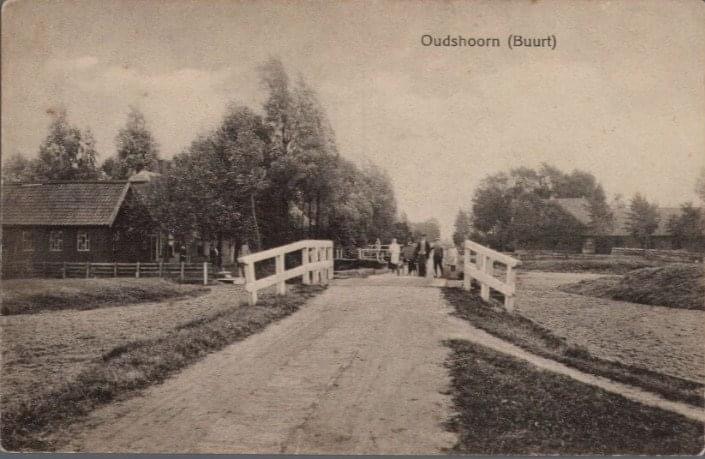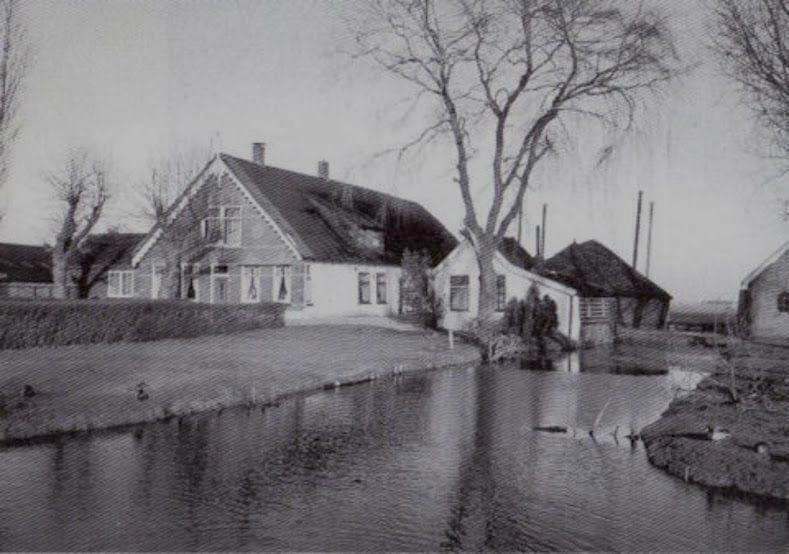Maashoeve
Maashoeve was probably built around 1776. The farmstead owes its name to Cornelis Maas. He sold the farm to Cornelis den Hertog (1814-1884) in 1864. Since that time, the farm has remained in the family. From 1890, Paulus den Hertog (son of Cornelis den Hertog) is the owner of Maashoeve. His son Cornelis was the next owner. In the 1950s, he sold Maashoeve to his daughter Ali den Hertog and son-in-law Jan-Dirk Bulk. Granddaughter Corina Oortwijn-Bulk bought the Maashoeve (without the land) with her husband Jeroen Oortwijn in 2003. Over the past 20 years, the house and outbuildings – which were in poor condition – have been renovated or rebuilt.
Ridderbuurt
The Maashoeve is located on the Ridderbuurt, an idyllic spot with authentic farmhouses on the outskirts of Alphen aan den Rijn. For a very long time, the Ridderbuurt neighborhood had the name “Oudhoorn neighborhood road. Because before it was part of the municipality of Alphen aan den Rijn, it belonged to the municipality of Oudshoorn. The current little white bridge in the Ridderbuurt used to form a dividing line between ‘t voorend and ‘t achterend. Those who lived at the front did not mix with those at the back, and vice versa.
The story goes that the Ridderbuurt owes its name to the knights who lived there. Count Floris V. – Count of Holland from 1256 to 1296 – constantly wanted to increase his power and at times found himself short of men against wars with the Frisians and the Utrechtians, among others. He would have asked the peasants who lived in this area to serve him. As a reward, he knighted them in 1295.
The name Ridderbuurt was not first mentioned until about 1650.
Peat cutting
The land around the Ridderbuurt was actually not suitable for farming and ranching. Therefore, peat cutting began as early as the Middle Ages. This was used as fuel. Fencing led to the creation of a large pond around 1730, and the Ridderbuurt ran through the pond like a long narrow dike. Between 1736 and 1744, this lake area was drained by (only) 11 mills. The resulting polder was named “Vierambachtspolder. The Ridderbuurt remained a dike in the middle of the reclaimed and reclaimed area. After the peat extraction period, the peat cutters left and farmers replaced them. After dike breaches in 1767 and 1788, the polder managed to stay dry and farms were built.
The Pig Quay is a quay right through this reclamation area. The Varkenskade an old connection between the Ridderbuurt and the little church near Ter Aar. Over this, people walked to the little church near Ter Aar. It really used to be a wharf – common land – where people sometimes let pigs scavenge their food. In the 20th century, the quay became pasture. It has been open to hikers again since 2013.
Cheese
From 1890, Paulus den Hertog (son of Cornelis den Hertog) is the owner of Maashoeve. In addition to milk, Paulus devoted himself to cheese making and sold his cheese at the cheese market in Bodegraven. He was one of the pioneers in the establishment of cheese control. He promoted the quality and marketing of farmhouse cheese. Because factory cheese was partially skimmed – and thus could be sold for lower prices – he did not think it was right for factory cheese to be sold under the name “Gouda cheese.
In 1906, Kaasstation Zuid-Holland Volvet (K.Z. Volvet) was founded with the goal of creating a seal of approval for full-fat farm cheese with a fat content of at least 40%. Affiliated members were thereby allowed to stamp cheese with an imprinted brand stamp. Cheese merchants protested the brand stamp. Encouraged by government subsidies, members decided to continue down the path they had taken. In 1913, the government decided to switch to a government seal for full-fat cheese. Read the entire article .





